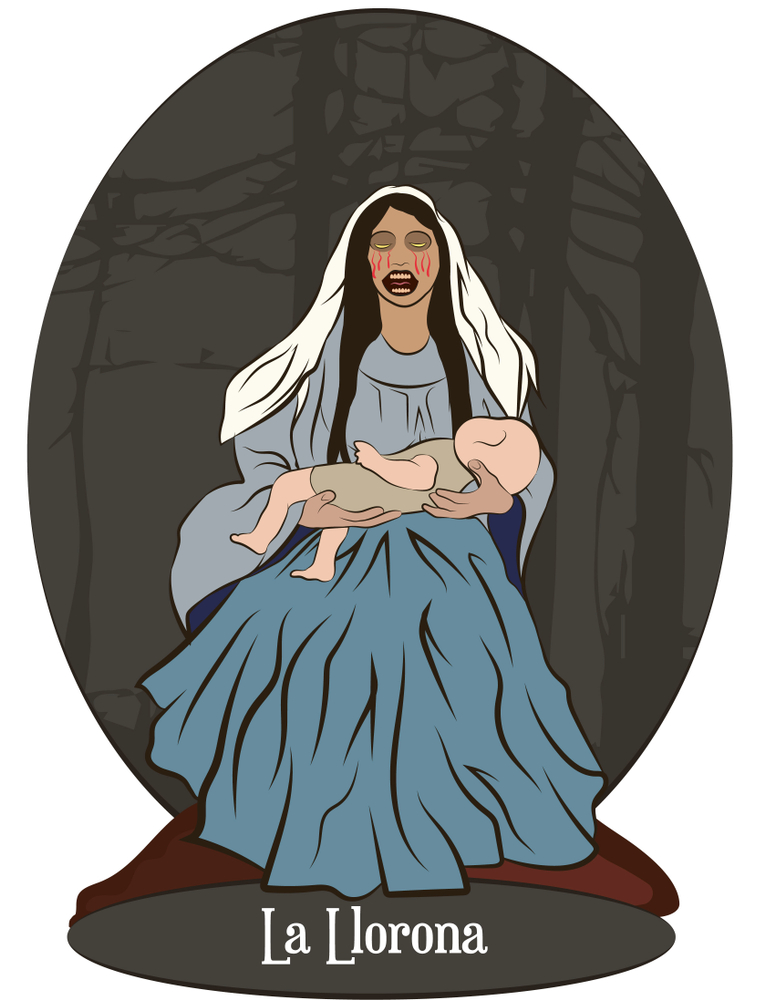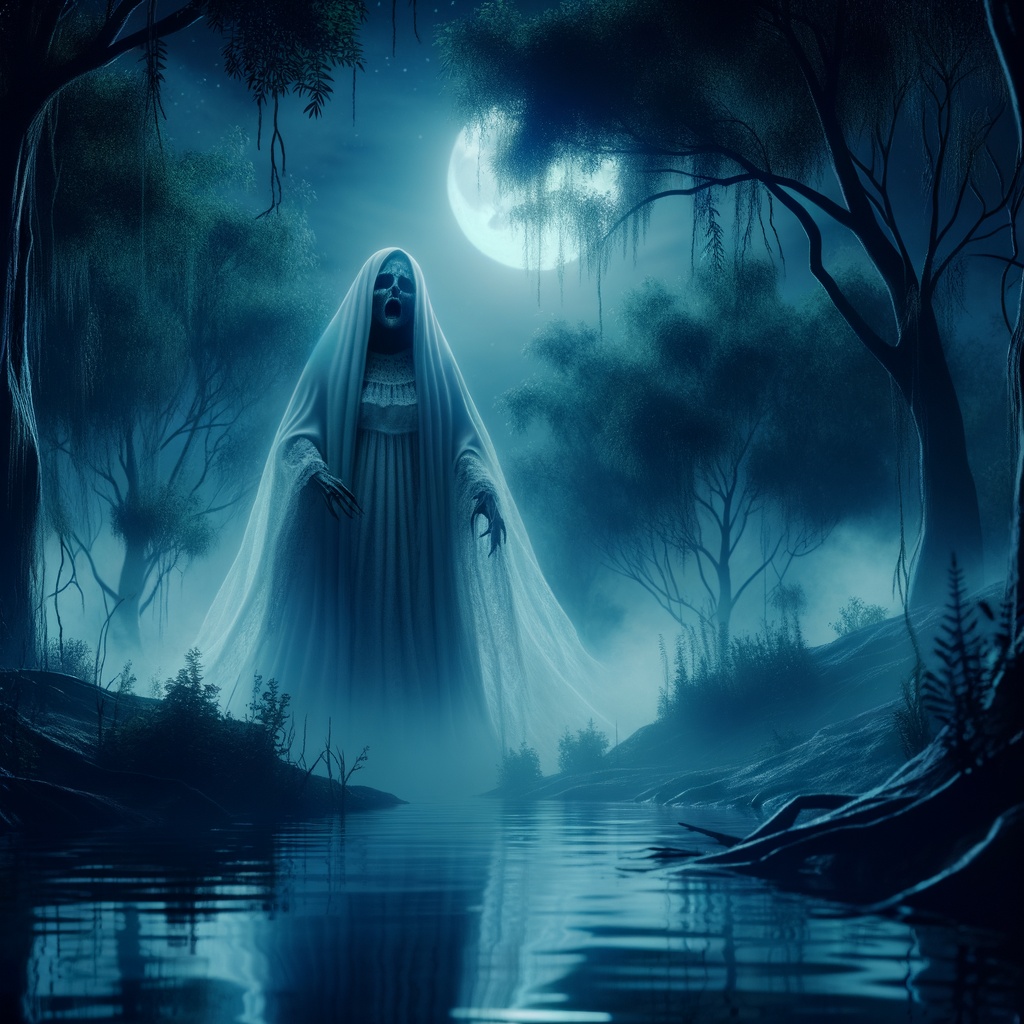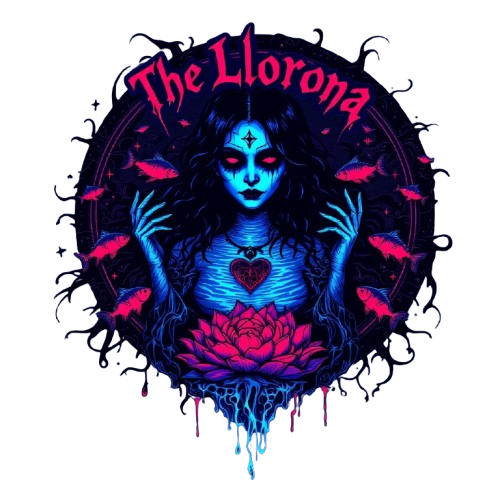History
Countless Sightings
From rivers in Mexico to creeks in New Mexico and Texas, countless witnesses claim to have heard or seen La Llorona wandering at night
The Legend Retold
La Llorona — The Weeping Woman is said to wander rivers, lakes, and streets at night, searching for her lost children. Some hear her sobbing in the distance, others swear they’ve seen her pale figure in a flowing white gown. Her wails, “¡Ay, mis hijos!” (“Oh, my children!”), pierce the silence of the night and strike fear into those who listen.
The tale changes from place to place:
In some stories, she drowned her children in a moment of despair.
In others, they were taken from her, and she searches for them eternally.
Some portray her as vengeful, punishing the unfaithful and careless.
Others see her as a tragic, protective spirit, warning children of danger.
What never changes is her cry a sound that chills the bones and reminds listeners of grief and regret.
The central theme of her legend is regret. Whether she drowned her children in rage, despair, or accident, she suffers endlessly for it. Her punishment is eternal she cannot rest until she finds them. This makes her both terrifying and sympathetic: a monster to some, a grieving mother to others.
La Llorona endures because she represents feelings that never fade: grief, guilt, betrayal, and love. Everyone who hears her story can relate to loss and everyone fears the sound of sorrow that cannot be silenced.

How It Started
The cry of La Llorona did not appear overnight it was born from centuries of myth, history, and cultural memory.
-
Ancient Roots in Aztec Mythology
Long before Spanish colonization, the Aztecs told of goddesses like Cihuacóatl a weeping woman who roamed the night, mourning her children and foretelling tragedy. This laid the foundation for what later became La Llorona.
-
Colonial Transformation
When the Spanish arrived, indigenous beliefs blended with Catholic morality. The story shifted into a cautionary tale about sin, betrayal, and punishment, portraying La Llorona as a woman cursed for drowning her children.
-
A Legend That Endures
Passed down through generations, her story spread across Mexico, Central America, and the U.S. Each region added new details but everywhere, she remains the weeping spirit searching for her lost children.

Related Questions
Over the centuries, countless questions have been whispered about the Weeping Woman. Here are some of the most haunting ones
La Llorona, or The Weeping Woman, is a legendary ghost figure from Latin American folklore. She is often described as a woman in a white gown who roams near rivers or lakes, crying for her lost children.
Her roots trace back to Aztec mythology, where weeping female spirits foretold tragedy. Later, during Spanish colonization, the tale evolved into a cautionary story about betrayal, sin, and grief.
It means “Oh, my children!” in Spanish. According to legend, these are the chilling words La Llorona cries as she searches for the children she drowned or lost.
While historians see her as folklore, many people across Mexico, Central America, and the U.S. swear they have seen or heard her. Whether she is real or not depends on belief — but her story has lasted for centuries.
